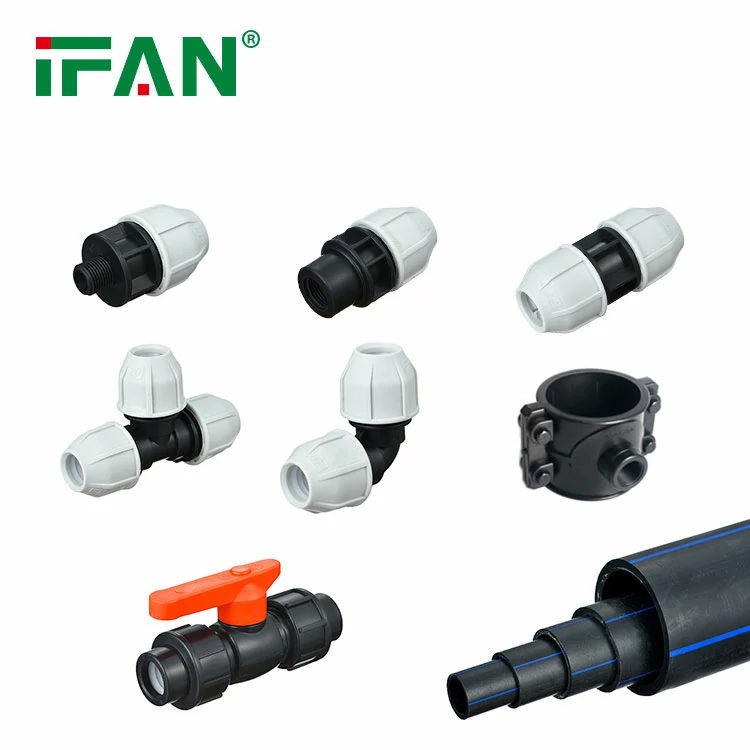Introduction to PE in Pipe Fitting
PE stands for polyethylene, a widely used thermoplastic material in pipe fitting. It is known for its flexibility, durability, and resistance to chemicals. PE pipes and fittings are commonly used in water supply, gas distribution, and irrigation systems. Understanding its properties helps in selecting the right materials for piping projects.
Types of PE Materials
PE is categorized into high-density polyethylene (HDPE) and medium-density polyethylene (MDPE). HDPE is stronger and more rigid, making it ideal for high-pressure applications. MDPE is more flexible and suitable for low-pressure systems. Both types offer excellent resistance to corrosion and environmental stress.
Advantages of PE in Pipe Fitting
PE pipes and fittings are lightweight, easy to install, and cost-effective. They do not corrode or rust, ensuring a long lifespan. PE is also resistant to UV rays and chemicals, making it suitable for outdoor and industrial use. These benefits make it a preferred choice in modern piping systems.
Applications of PE in Pipe Fitting
PE is used in various applications, including potable water systems, gas pipelines, and agricultural irrigation. It is also employed in mining, sewage systems, and geothermal projects. Its versatility and adaptability make it suitable for diverse environments and requirements.
Installation of PE Pipes and Fittings
Installing PE pipes and fittings is straightforward and does not require welding. The pipes are joined using heat fusion or mechanical fittings. Proper alignment and following manufacturer guidelines ensure a secure and leak-free connection. This simplicity reduces installation time and costs.

Maintenance of PE Pipes and Fittings
PE pipes and fittings require minimal maintenance due to their durability. Regular inspections help identify potential issues like cracks or leaks. Cleaning the pipes and fittings ensures optimal performance. Proper maintenance extends the lifespan of the system.
Environmental Benefits of PE
PE is recyclable, making it an environmentally friendly choice. Its production consumes less energy compared to other materials. PE pipes and fittings also reduce water leakage, conserving resources. These factors contribute to sustainable infrastructure development.
Conclusion
PE in pipe fitting refers to polyethylene, a versatile and durable material. It offers numerous advantages, including ease of installation, resistance to corrosion, and environmental benefits. PP is used in water supply, gas distribution, and irrigation systems. Its properties and applications make it a reliable choice for modern piping projects.

